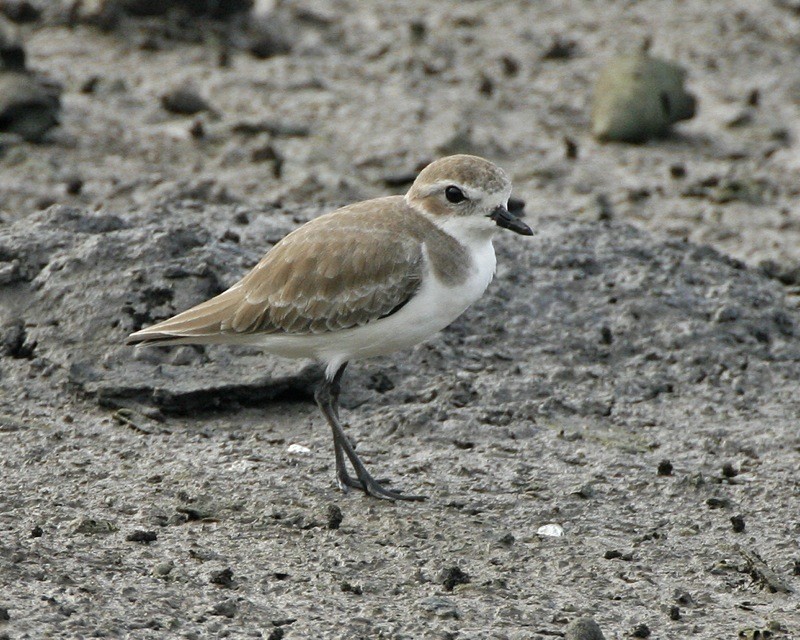Lesser Sand Plover
A species of Typical plovers, Also known as Mongolian Plover Scientific name : Charadrius mongolus Genus : Typical plovers
Lesser Sand Plover, A species of Typical plovers
Also known as:
Mongolian Plover
Botanical name: Charadrius mongolus
Genus: Typical plovers
Content
Description General Info
 Photo By Lip Kee , used under CC-BY-SA-2.0 /Cropped and compressed from original
Photo By Lip Kee , used under CC-BY-SA-2.0 /Cropped and compressed from original Description
This chunky plover is long-legged and long-billed. Breeding males have grey backs and white underparts. The breast, forehead and nape are chestnut, and there is a black eye mask. The female is duller, and winter and juvenile birds lack the chestnut, apart from a hint of rufous on the head. Legs are dark and the bill black. In all plumages, this species is very similar to the greater sand plover, Charadrius leschenaultii. Separating the species may be straightforward in mixed wintering flocks on an Indian beach, where the difference in size and structure is obvious; it is more difficult to identify a lone vagrant to western Europe, where both species are very rare. The problem is compounded in that the Middle Eastern race of greater sand plover is the most similar to the lesser. The lesser usually has darker legs, a white forehead, and a more even white wing bar than the greater. 
Size
18-20 cm (7-8 in)
Colors
Brown
Black
Gray
White
Orange
Life Expectancy
21 years
Nest Placement
Ground
Feeding Habits
Lesser Sand Plover consumes insects, crustaceans, and annelid worms. It employs a run-and-pause foraging method, rather than continuous probing. This feeding behavior is distinctive to its species.
Habitat
The habitat of lesser Sand Plover includes barren mountainous terrains, steppes, and tundra near water sources during breeding, often at altitudes up to 5500 meters. They prefer gravelly, rocky, or sandy areas with sparse vegetation, avoiding cultivated landscapes. Non-breeding habitats are strictly coastal, with a preference for tidal mudflats, sandy beaches, estuaries, and mangroves.
Dite type
Insectivorous
General Info
Feeding Habits
Bird food type
Distribution Area
It breeds above the tree line in the Himalayas and discontinuously across to bare coastal plains in north-eastern Siberia, with the Mongolian plover in the eastern part of the range; it has also bred in Alaska. It nests in a bare ground scrape, laying three eggs. This species is strongly migratory, wintering on sandy beaches in east Africa, south Asia and Australasia. It is a very rare vagrant in western Europe, but of the three individuals recorded in Great Britain up to 2003, one was a Mongolian plover. 
Species Status
Not globally threatened.
Scientific Classification
Phylum
Chordates Class
Birds Order
Shorebirds Family
Plovers Genus
Typical plovers Species
Lesser Sand Plover